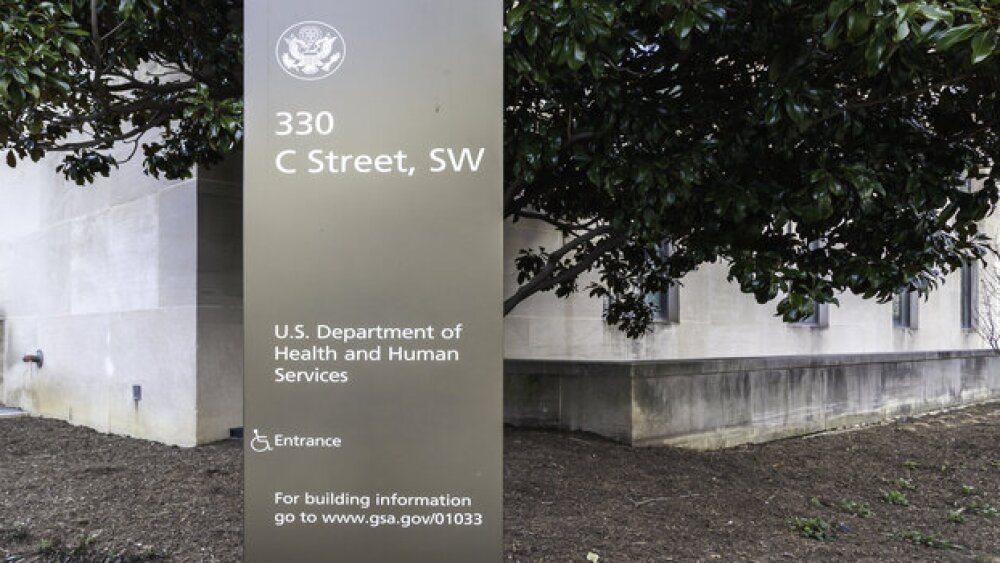Vorasidenib decreased tumor volume by a mean of 2.5% every six months, compared to growth of 13.9% for placebo over the same time span. The candidate is also being tested in a regimen with Keytruda.
Pictured: Brain scans from an MRI/iStock, Nur Cere
Servier on Saturday unveiled new data from the pivotal Phase III INDIGO trial, demonstrating that its investigational drug vorasidenib induced the shrinking of tumors in patients with IDH1/2-mutant diffuse glioma.
Armed with these additional data, Servier is readying a New Drug Application for vorasidenib by the end of 2023, according to its news release. The company will make a similar regulatory application to the European Medicines Agency in early 2024.
Vorasidenib is an orally available and brain-penetrant inhibitor of mutant IDH1 and IDH2 proteins. Under healthy circumstances, these proteins function as enzymes that catalyze the production of alpha-ketoglutarate. When mutated, IDH1 and IDH2 produce 2-hydroxyglutarate, a known oncometabolite.
Vorasidenib is being developed specifically for glioma patients harboring these mutations and has previously won the FDA’s breakthrough therapy designation for this indication.
In the company’s statement, Susan Pandya, head of Cancer Metabolism Global Development Oncology & Immuno-Oncology at Servier, called vorasidenib a “potentially first-in-class treatment option” for IDH-mutant glioma, adding that the company is aiming to “deliver vorasidenib as the first targeted treatment option in this disease space.”
New data from INDIGO, presented over the weekend at the 28th Annual Meeting of the Society for Neuro-Oncology (SNO), showed that vorasidenib treatment shrank tumor volume by a mean of 2.5% every six months. In placebo groups, tumor volume increased by 13.9% on average over the same length of time.
Previously, at the American Society for Clinical Oncology annual meeting in June 2023, Servier also posted promising data from INDIGO, showing that vorasidenib more than doubled progression-free survival versus placebo and reduced tumor growth by 61%. Servier simultaneously published those data in The New England Journal of Medicine.
Patients treated with Servier’s candidate had a median PFS of 27.7 months, as opposed to only 11.1 months for placebo. At the time, the company called this effect an “unprecedented improvement” in PFS. Vorasidenib likewise led to a substantial delay in the initiation of a subsequent intervention.
As for safety, vorasidenib induced elevation in the liver enzyme alanine aminotransferase in 9.6% of treated patients. Though this was classified as a grade 3 toxicity, Servier noted at the time that these episodes were resolved following medical attention.
Servier is also testing vorasidenib with Merck’s blockbuster PD-1 inhibitor Keytruda (pembrolizumab) in the same indication. The combination regimen is currently in Phase I, data from which were also presented at SNO and demonstrated a favorable safety and tolerability profile in patients with recurrent or progressive enhancing IDH1-mutant astrocytoma.
Tristan Manalac is an independent science writer based in Metro Manila, Philippines. He can be reached at tristan@tristanmanalac.com or tristan.manalac@biospace.com.






